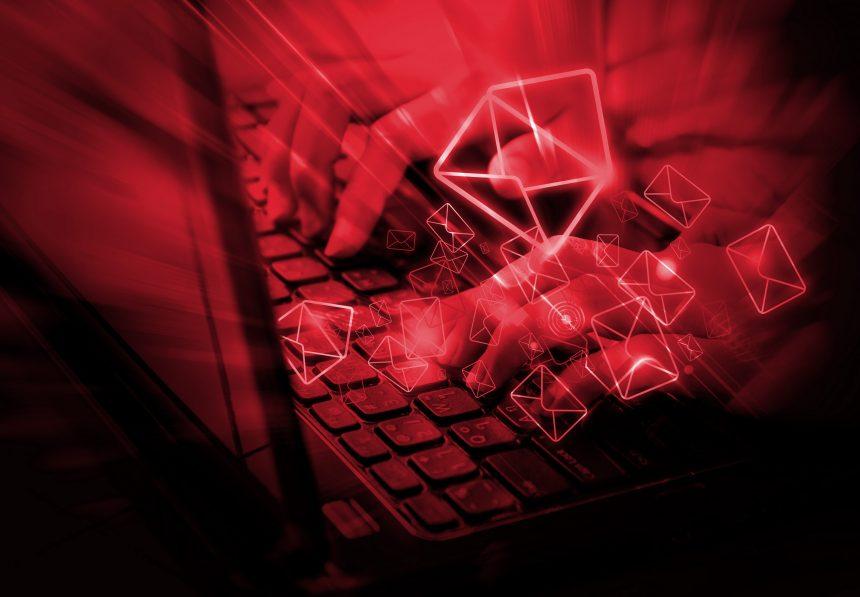In the ever-evolving landscape of cybersecurity threats, new malicious software continues to emerge, posing risks to individuals and businesses alike. One such threat that has garnered attention is the “Someone Added You as Their Recovery” malware. This deceptive program operates by tricking users into clicking on malicious links or downloading infected files, often disguised as legitimate notifications or messages. Once installed, the malware can compromise the security of a device, potentially leading to data theft, financial loss, or unauthorized access.
Actions and Consequences of the Malware
The “Someone Added You as Their Recovery” malware typically initiates its harmful activities by:
- Installation and Execution: Users may inadvertently install the malware by clicking on malicious links in emails, social media messages, or websites. It can also be bundled with seemingly harmless downloads.
- Unauthorized Access: Once installed, the malware can gain unauthorized access to sensitive information such as login credentials, financial data, and personal details stored on the infected device.
- Data Theft and Privacy Breach: The primary goal of this malware is often to steal personal information, which can be used for identity theft, fraud, or sold on the dark web.
Detection Names and Similar Threats
This type of malware may be detected and referred to by various antivirus programs using different names such as:
- Trojan:Win32/Occamy.C
- Win32.Trojan.Obfuscated
- Trojan.GenericKD.33003012
Similar threats include other trojans and phishing malware designed to exploit unsuspecting users through social engineering tactics.
Removal Guide
Removing the “Someone Added You as Their Recovery” malware requires thorough steps to ensure complete eradication:
- Disconnect from the Internet: Immediately disconnect the infected device from the internet to prevent further data loss or unauthorized access.
- Enter Safe Mode: Restart your computer and enter Safe Mode to minimize the malware’s ability to operate.
- Access Control Panel: Go to Control Panel > Programs > Programs and Features, and uninstall any suspicious programs related to the malware.
- Delete Temporary Files: Clear temporary files and caches that may harbor remnants of the malware using the Disk Cleanup utility.
- Scan with Antivirus: Use a reputable antivirus software to perform a full system scan and remove any detected threats.
- Reset Browsers: Reset all web browsers to their default settings to remove any unwanted extensions or settings added by the malware.
- Update System and Software: Ensure your operating system and all installed software are up to date with the latest security patches.
- Change Passwords: For added security, change passwords for all accounts that may have been accessed while the device was infected.
Best Practices for Prevention
To mitigate the risk of future infections, consider these best practices:
- Exercise Caution Online: Avoid clicking on suspicious links or downloading attachments from unknown sources.
- Keep Software Updated: Regularly update your operating system, antivirus software, and all applications to patch vulnerabilities.
- Enable Firewall: Ensure your firewall is active to monitor and block unauthorized access attempts.
- Educate Users: Educate yourself and others about common phishing techniques and cybersecurity best practices.





